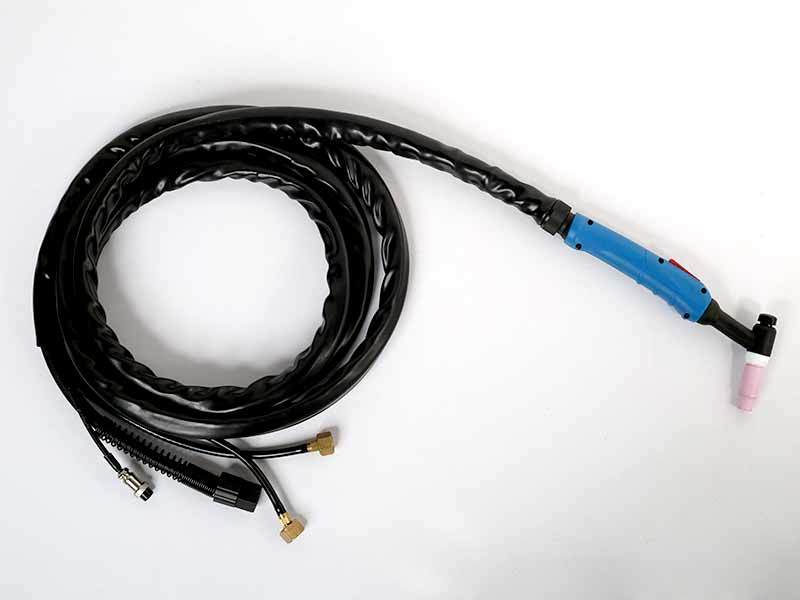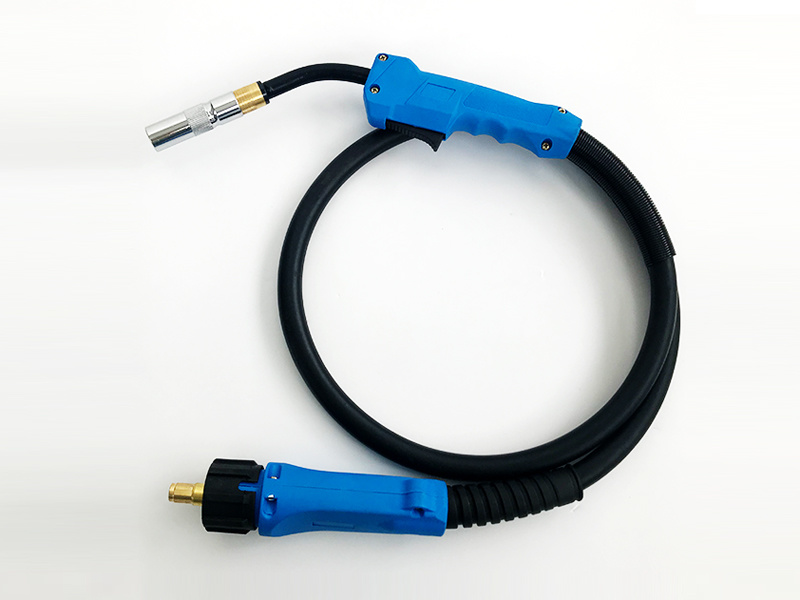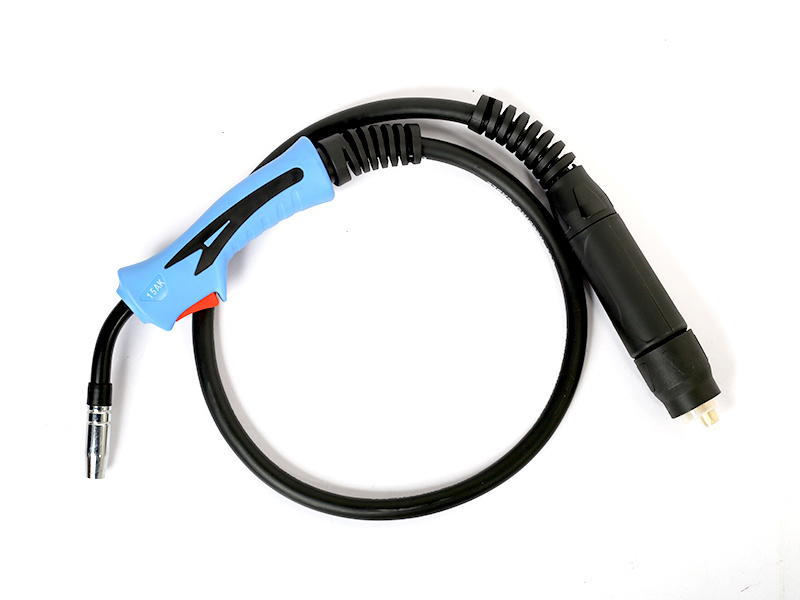language
Essential Insights into Welding Techniques for Industrial Applications
Aug 10,2025
Welding is a critical process in various industrial applications, particularly in the manufacturing and construction sectors. It involves joining materials, primarily metals or thermoplastics, through the application of heat, pressure, or both. Understanding different welding techniques is essential for professionals working with industrial equipment and components, as it can significantly impact
Welding is a critical process in various industrial applications, particularly in the manufacturing and construction sectors. It involves joining materials, primarily metals or thermoplastics, through the application of heat, pressure, or both. Understanding different welding techniques is essential for professionals working with industrial equipment and components, as it can significantly impact the quality, strength, and durability of the final product.
There are several welding techniques employed in the industry today, each with its own unique advantages. One of the most common methods is Shielded Metal Arc Welding (SMAW), also known as stick welding. This technique is renowned for its simplicity and versatility, making it suitable for a variety of materials and positions. It uses a consumable electrode coated in flux to lay the weld. The shielding gas created by the flux protects the weld pool from atmospheric contamination, ultimately leading to a stronger bond.
Another widely used method is Gas Metal Arc Welding (GMAW), or MIG welding. This process utilizes a continuous wire feed as an electrode and an inert gas to shield the weld from impurities. GMAW is particularly favored for its speed and ease of use, making it ideal for both thin and thick materials. This technique is commonly employed in industries where productivity is crucial.
TIG welding, or Gas Tungsten Arc Welding (GTAW), is another sophisticated technique that offers high-quality welds. Unlike MIG and SMAW, TIG welding uses a non-consumable tungsten electrode to produce the weld. It allows for greater control over the weld and is often used for critical applications that require precision. Professionals in the aerospace, automotive, and fabrication industries frequently rely on TIG welding for its ability to produce clean, strong joints.
In addition to these techniques, there are also specialized welding methods like Submerged Arc Welding (SAW) and Electron Beam Welding (EBW). SAW is often used in heavy-duty applications due to its high deposition rates, while EBW is utilized for its ability to weld complex shapes with minimal heat-affected zones.
To ensure optimal results, it is crucial to choose the right welding technique based on the materials involved, the desired strength of the weld, and the specific application requirements. Furthermore, maintaining equipment and following safety protocols are essential to prevent accidents and ensure high-quality outcomes.
In summary, welding is a vital process in the industrial sector, with various techniques available to meet diverse needs. Understanding the strengths and limitations of each method can help professionals select the best approach for their projects, leading to improved efficiency and product quality.
There are several welding techniques employed in the industry today, each with its own unique advantages. One of the most common methods is Shielded Metal Arc Welding (SMAW), also known as stick welding. This technique is renowned for its simplicity and versatility, making it suitable for a variety of materials and positions. It uses a consumable electrode coated in flux to lay the weld. The shielding gas created by the flux protects the weld pool from atmospheric contamination, ultimately leading to a stronger bond.
Another widely used method is Gas Metal Arc Welding (GMAW), or MIG welding. This process utilizes a continuous wire feed as an electrode and an inert gas to shield the weld from impurities. GMAW is particularly favored for its speed and ease of use, making it ideal for both thin and thick materials. This technique is commonly employed in industries where productivity is crucial.
TIG welding, or Gas Tungsten Arc Welding (GTAW), is another sophisticated technique that offers high-quality welds. Unlike MIG and SMAW, TIG welding uses a non-consumable tungsten electrode to produce the weld. It allows for greater control over the weld and is often used for critical applications that require precision. Professionals in the aerospace, automotive, and fabrication industries frequently rely on TIG welding for its ability to produce clean, strong joints.
In addition to these techniques, there are also specialized welding methods like Submerged Arc Welding (SAW) and Electron Beam Welding (EBW). SAW is often used in heavy-duty applications due to its high deposition rates, while EBW is utilized for its ability to weld complex shapes with minimal heat-affected zones.
To ensure optimal results, it is crucial to choose the right welding technique based on the materials involved, the desired strength of the weld, and the specific application requirements. Furthermore, maintaining equipment and following safety protocols are essential to prevent accidents and ensure high-quality outcomes.
In summary, welding is a vital process in the industrial sector, with various techniques available to meet diverse needs. Understanding the strengths and limitations of each method can help professionals select the best approach for their projects, leading to improved efficiency and product quality.
Add
Xing village, lvgongbao town, renqiu city, hebei province, china









